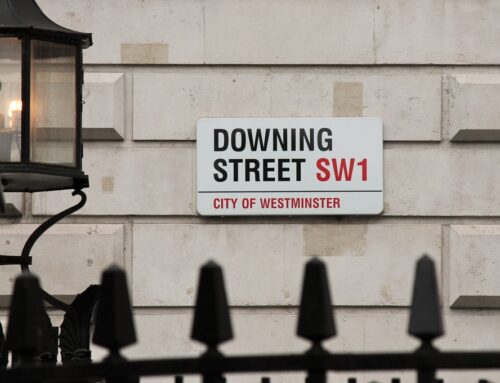The New York Times recently ran an article on a Power Point slide. The slide surfaced in a high-level military briefing about the US’ Afghanistan war policy, and it has to be seen to be believed: http://nyti.ms/9FEtcv
As General McChrystal apparently remarked at the time, “When we understand that slide, we’ll have won the war.”
At least they’re laughing over at Army command. Far too many businesses put their executives, managers, and front line staff to sleep on a daily basis with slides that are scarcely less complicated. The advent of the Army Slide of Infamy and Confusion seems like a good time to write again about what a Power Point deck is not – or should not be.
1. A Power Point deck should NOT be a set of speaker notes. Far too many PP decks are designed to be exactly that. Prepared in a hurry, under-rehearsed, and nervous-making, these sorts of decks contain densely worded lists of notes so that the speaker knows what to say. And frequently, the speaker just reads slide after slide. It’s difficult to imagine anything more boring.
2. A Power Point deck should NOT be a template to design a talk. This one may surprise you. Why shouldn’t you use PP to design a talk? Isn’t that what it’s for? The problem is that when it’s used this way, PP contributes to a talk that is just a set of slides, with no beginning, middle, or end. A talk needs to have an arc, so that the audience can follow it. Lacking inherent structure, talks become lists of slides, and we can only remember 4 or 5 items in a list. How many slides were in your last PP deck?
The giveaway for this sort of PP-designed talk is the transitions between the slides. If the speaker says, repeatedly, “What this slide shows is XXXX,” then what you’re getting is just one damn slide after another, with no real structure.
3. A Power Point deck should NOT be a ‘leave behind’ deck of great density and length. Power Point is a bad software program for long documents. The headline–bullet-point-subsidiary-line format makes it very difficult to create a longer document that is actually readable. And its limited capacity for handling dense charts, graphs and data sets makes PP a poor way to present lots of information. Far better to use Word, or Excel, depending on the nature of the document or the data.
4. A Power Point slide should NOT contain more than six lines of prose. A simple test to see if you have too many words on your slide is to print it out, and drop it on the floor. Now stand over it and look down. If you can’t easily read all the lines on the slide, it has too many words on it. Typically, more than 6 lines becomes unreadable.
5. A Power Point slide should NOT contain anything except pictures, simple graphs and charts, and the occasional quote from Winston Churchill. The proper use of PP is to illustrate your talk with a picture that conveys emotion, a chart that makes a numerical relationship clear, or a graph that does the same. Very occasionally, a wonderful (brief) quote from some deep thinker can provide variety and a moment of reflection (but see #4). For a great book on the right way to design and use slides in a talk, see Garr Reynolds' Presentation Zen.








Leave A Comment